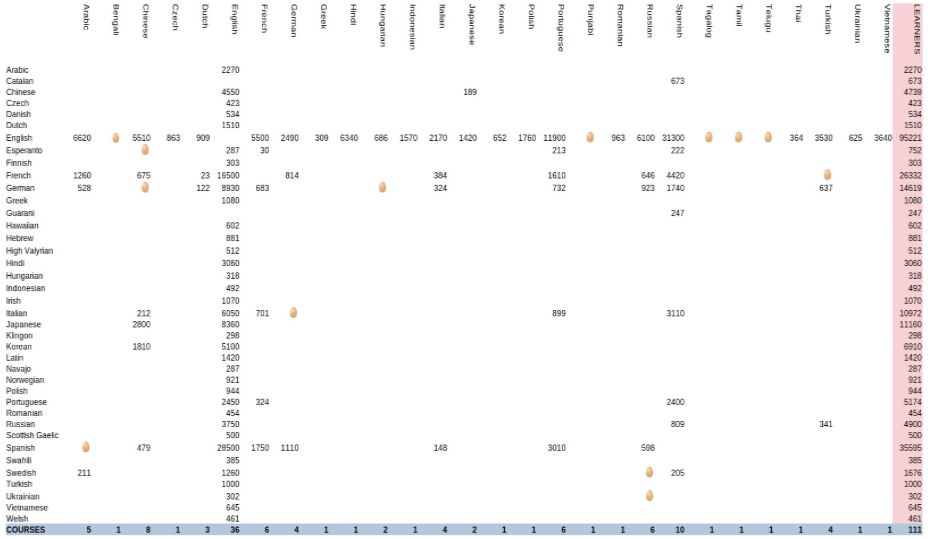EDUC-R622

Learning Environments Design (EDUC-R622) was an online class taught asynchronously and taken in the Fall semester of 2020. According to IU, this class teaches the “principles and practice of environmental design. Study of interrelationships among environmental variables. Use of decision models in the design process. Design, construction, and testing of learning environments representing alternative profiles of variables.”
Most of the semester revolved around reading 3 – 4 journal articles per week, then discussing them online with classmates, the instructor, and the teaching assistants. For the first few weeks, the discussions focused on the question, “What is a learning environment?” Starting at week 5, students took turns in groups to facilitate discussions around different type of learning environments.
Aside from the online discussions, each student had to complete two projects. The first is an analysis of a learning environment of their choice, while the other is to develop a learning environment. The former had to be done as an individual project, the latter could be done as part of a group.
Learning environment analysis: Duolingo
The purpose of this assignment was for each student to find an existing learning environment and do an analysis of it based on what we have learned so far. The professor provided us with a Learning Environment Analysis worksheet which was a Word document with a few different sections where we could take notes, and some questions we should answer. The paper we were to turn in didn’t have to be a formal APA-style paper, but was only required to be a written version of the notes we took. To be honest, my notes on the worksheet were pretty scant, but as an avid Duolingo user, I’d previously read some of the newspaper, magazine, and journal articles about it, to get a better idea about how it all works.
The paper was graded (47 of 50 points = 94%) and returned with positive comments from the professor.
Major project: Grand Rounds in non-healthcare settings
Grand Rounds and case conferences are weekly meetings held by departments in medical schools for the purpose of furthering medical education of residents in specialty training, and drawing on the expertise of senior physicians and researchers. Having attended these meetings for nearly fifteen years, even as a non-physician, I’ve noticed certain patterns emerge in the presentations, and have been able to derive a formula that is portable to non-healthcare settings. For this project, I worked with a partner to adapt the formula to the legal profession.
For this project, we turned in a paper which described our prototype learning environment, and a slide presentation which summarized the paper.